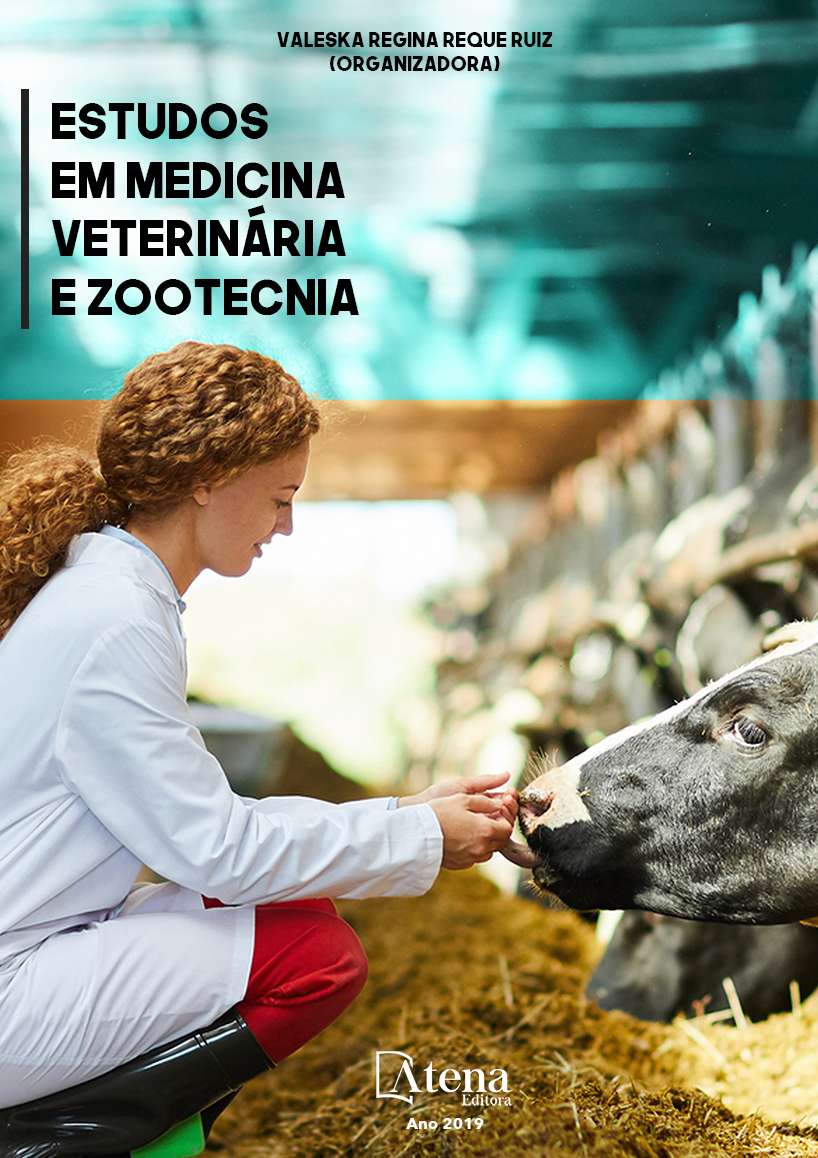
ENRIQUECIMENTO ALIMENTAR PARA O BEM-ESTAR DE CAMUNDONGOS C57BL/6
O objetivo do presente estudo foi
avaliar o ganho de peso médio, a aceitação
e o comportamento de camundongos da
linhagem C57BL/6, submetidos semanalmente
ao enriquecimento alimentar. O estudo foi
desenvolvido no Núcleo de Animais de
Laboratório da Universidade Federal Fluminense,
com a utilização de 12 camundongos C57BL/6,
criados em sistema de estante ventilada. O
grupo teste recebeu dos 21 aos 63 dias de
idade, uma vez por semana, o enriquecimento
alimentar na forma de uma mistura de grãos.
Os ganhos médios de peso para as fêmeas
e para os machos foram compatíveis com a
linhagem, faixa etária e sexo dos camundongos,
sendo maior para fêmeas do grupo teste, as
quais emprenharam mais cedo em relação às
fêmeas do grupo controle. Os animais do grupo
teste escolhiam preferencialmente os grãos da
mistura aos pellets de ração
ENRIQUECIMENTO ALIMENTAR PARA O BEM-ESTAR DE CAMUNDONGOS C57BL/6
-
DOI: 10.22533/at.ed.53819240523
-
Palavras-chave: estímulos ambientais, camundongo, bem-estar animal
-
Keywords: environmental stimuli, mouse, animal welfare
-
Abstract:
The aim of the present study was
to evaluate the average weight gain, acceptance
and behavior of mice of the C57BL/6 lineage
submitted weekly to food enrichment. The study
was developed at the Laboratory Animal Center
of the Fluminense Federal University, using
12 C57BL/6 mice, created in a ventilated shelf
system. The test group received food enrichment
in the form of a grain mixture from 21 to 63 days
of age, once a week. The mean weight gains for
females and for males were compatible with the
lineage, age range and sex of the mice, being
higher for females of the test group, which were
earlier than females of the control group. The
animals in the test group preferably chose the
grains of the mixture from the feed pellets
-
Número de páginas: 15
- Desenir Adriano Pedro
- Renato de Souza Abboud
- Cristina Barbosa da Silva
- Maria Lúcia Barreto
- Juliana Ferreira de Almeida


